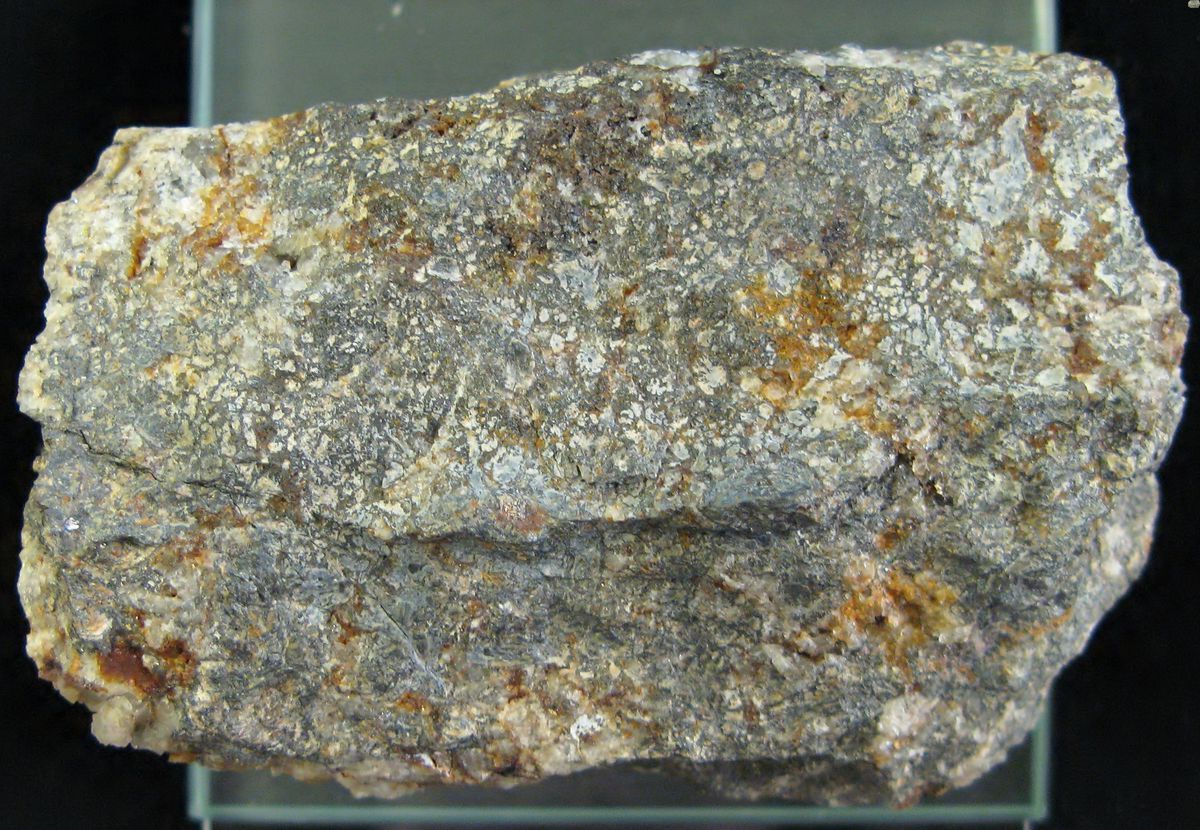
Bismutite is a fascinating mineral that often goes unnoticed. This mineral, primarily composed of bismuth carbonate, forms through the oxidation of bismuthinite. Found in various parts of the world, it boasts a unique yellow-green to brown color, making it a collector's gem. Bismutite is not just pretty; it has practical uses too. It's often used in the production of bismuth metal, which has applications in pharmaceuticals, cosmetics, and even fire extinguishers. Curious about more? Here are 35 intriguing facts about Bismutite that will deepen your understanding and appreciation of this remarkable mineral.
Key Takeaways:
- Bismutite is a unique mineral formed from the oxidation of bismuth minerals. It has a soft texture, high specific gravity, and is found in various locations worldwide.
- Bismutite is used as a source of bismuth, which has industrial applications in alloys, cosmetics, and pharmaceuticals. It's also valuable for studying mineral formation and is found alongside rare native bismuth.
What is Bismutite?
Bismutite is a fascinating mineral with a unique composition and history. Let's dive into some intriguing facts about this mineral.
- Bismutite is a secondary mineral that forms from the oxidation of primary bismuth minerals.
- Its chemical formula is Bi2(CO3)O2, which means it contains bismuth, carbon, and oxygen.
- This mineral is typically found in the oxidation zones of bismuth-bearing ore deposits.
- Bismutite often appears in earthy, powdery masses or as crusts on other minerals.
- The color of bismutite ranges from white to yellowish or greenish hues.
- It has a relatively low hardness of 2.5 to 3 on the Mohs scale, making it quite soft.
- Bismutite has a specific gravity of around 6.8 to 7.2, which is quite high for a mineral.
- It is often associated with other secondary minerals like malachite, azurite, and cerussite.
- Bismutite can form pseudomorphs, where it replaces the original mineral while retaining its shape.
- This mineral is named after its primary component, bismuth.
Where is Bismutite Found?
Bismutite can be found in various locations around the world. Here are some notable places where this mineral has been discovered.
- The Tazna Mine in Bolivia is one of the most famous localities for bismutite.
- In the United States, bismutite has been found in the Tintic District of Utah.
- The Schneeberg District in Germany is another well-known source of bismutite.
- Bismutite has also been discovered in Cornwall, England.
- The Tasna Mine in Bolivia is known for producing some of the finest specimens of bismutite.
- In Australia, bismutite has been found in the Broken Hill District of New South Wales.
- The Potosi Mine in Bolivia is another significant source of bismutite.
- Bismutite has been reported in the Tsumeb Mine in Namibia.
- In Canada, bismutite has been found in the Silver Islet Mine in Ontario.
- The Mina Herminia in Mexico is also known for its bismutite deposits.
Uses and Applications of Bismutite
While bismutite is not as widely used as some other minerals, it still has some interesting applications.
- Bismutite is primarily used as a source of bismuth, a metal with various industrial applications.
- Bismuth is used in the production of low-melting alloys, which are useful in fire detection and suppression systems.
- Bismuth compounds are used in cosmetics and pharmaceuticals, particularly in stomach remedies.
- Bismutite is also of interest to mineral collectors due to its unique properties and appearance.
- Some researchers study bismutite to understand the oxidation processes of bismuth minerals better.
- Bismuth, derived from bismutite, is used in the manufacture of certain types of glass and ceramics.
- Bismuth alloys are used in the production of electrical fuses and solders.
- The metal is also used in the production of non-toxic shot and fishing sinkers, as an alternative to lead.
- Bismuth compounds are used in the production of pigments for paints and coatings.
- Bismutite can sometimes be used as an indicator mineral for locating bismuth ore deposits.
Interesting Facts About Bismutite
Here are some more intriguing tidbits about bismutite that you might find fascinating.
- Bismutite is often found in the same locations as native bismuth, a rare element.
- The mineral can sometimes exhibit fluorescence under ultraviolet light.
- Bismutite has a unique crystal structure that can be studied to learn more about mineral formation.
- It is sometimes used in educational settings to teach students about mineralogy and geology.
- Bismutite specimens can be quite valuable to collectors, especially those from well-known localities.
The Final Word on Bismutite
Bismutite, a fascinating mineral, has a lot to offer. From its unique chemical composition to its historical significance, it’s clear why it captures the interest of geologists and collectors alike. This mineral, often found in oxidized zones of bismuth deposits, showcases a range of colors from yellow to green, making it visually appealing.
Understanding bismutite’s formation process and uses helps appreciate its role in the mineral world. It’s not just a pretty specimen; it has practical applications in metallurgy and electronics. Plus, its presence can indicate the potential for other valuable minerals nearby.
Whether you’re a seasoned collector or just curious about minerals, bismutite offers a glimpse into the complexity and beauty of nature. Keep exploring, and who knows what other hidden gems you might find!
Frequently Asked Questions
Was this page helpful?
Our commitment to delivering trustworthy and engaging content is at the heart of what we do. Each fact on our site is contributed by real users like you, bringing a wealth of diverse insights and information. To ensure the highest standards of accuracy and reliability, our dedicated editors meticulously review each submission. This process guarantees that the facts we share are not only fascinating but also credible. Trust in our commitment to quality and authenticity as you explore and learn with us.


